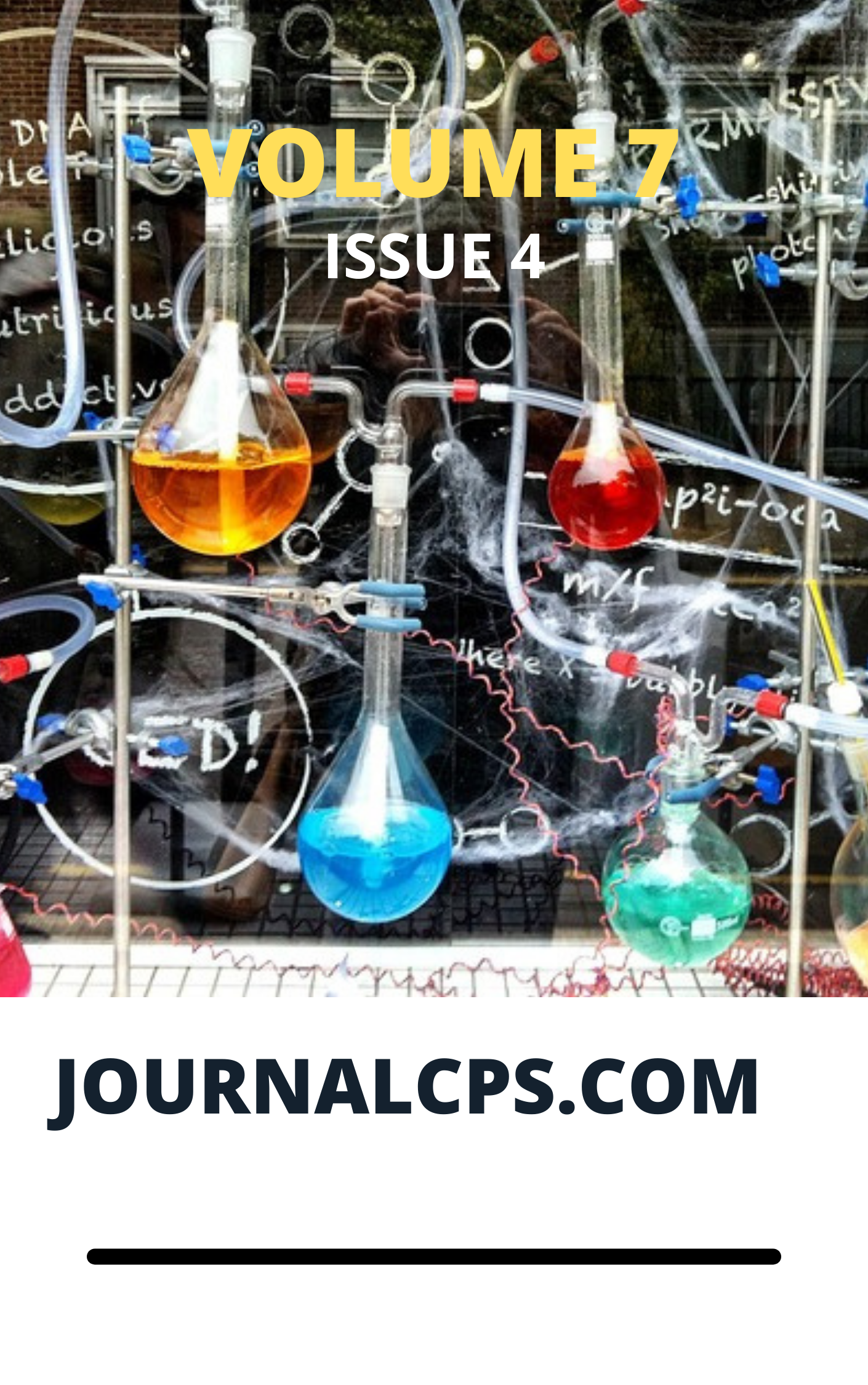Integrating Artificial Intelligence with Assistive Technology to Expand Educational Access through Speech to Text, Eye Tracking and Augmented Reality
Keywords:
artificial intelligence, assistive technology, speech-to-text, eye-tracking, inclusive education, curriculum integration, educational AI, universal design for learningAbstract
This study investigates the integration of artificial intellig3ence-powered assistive technologies (speech-to-text, eye-tracking, and augmented reality) within educational curricula to enhance accessibility for students with diverse learning needs and physical disabilities. Through a mixed-methods approach involving 240 students across 12 educational institutions, we implemented and evaluated an AI-driven assistive technology framework that adapts to individual learner profiles and provides real-time accessibility support. Results demonstrate significant improvements in learning outcomes (Cohen’s d = 1.23), student engagement (78% increase), and curriculum accessibility (92% of previously inaccessible content became accessible). The integrated AI system successfully personalized assistive interventions, reducing cognitive load by 34% and improving task completion rates by 56% among students with disabilities. These findings provide evidence for the transformative potential of AI-integrated assistive technologies in creating truly inclusive educational environments and offer a scalable framework for institutional implementation.
Downloads
Published
Issue
Section
Similar Articles
- Ololade Omosunlade, Curriculum Framework for Entrepreneurial Innovation among Special Needs Students in the Age of Artificial Intelligence , Communication In Physical Sciences: Vol. 11 No. 4 (2024): VOLUME 11 ISSUE 4
- Itoro Esiet Ukpe, Oluwatosin Atala, Olu Smith, Artificial Intelligence and Machine Learning in English Education: Cultivating Global Citizenship in a Multilingual World , Communication In Physical Sciences: Vol. 9 No. 4 (2023): VOLUME 9 ISSUE 4
- Raymond Sugar Ebere Amougou, AI-Driven DevOps: Leveraging Machine Learning for Automated Software Delivery Pipelines , Communication In Physical Sciences: Vol. 9 No. 4 (2023): VOLUME 9 ISSUE 4
- Aniekan Udongwo, https://dx.doi.org/10.4314/cps.v12i2.17 , Communication In Physical Sciences: Vol. 12 No. 2 (2025): VOLUME 12 ISSUE 2
- Fatima Binta Adamu, Muhammad Bashir Abdullahi, Sulaimon Adebayo Bashir, Abiodun Musa Aibinu, Conceptual Design Of A Hybrid Deep Learning Model For Classification Of Cervical Cancer Acetic Acid Images , Communication In Physical Sciences: Vol. 12 No. 2 (2025): VOLUME 12 ISSUE 2
- Christianah Oluwabunmi Ayodele, Esther Oludele Olaniyi, Chukwuebuka Francis Udokporo, Applications of AI in Enhancing Environmental Healthcare Delivery Systems: A Review , Communication In Physical Sciences: Vol. 12 No. 5 (2025): Vol 12 ISSUE 5
- Robinson Ogochukwu , Comprehensive Review of Artificial Intelligence Contributions to Understanding Music, Religion, and Influencing Future and Emerging Global Trends Robinson Ogochukwu Isichei , Communication In Physical Sciences: Vol. 9 No. 4 (2023): VOLUME 9 ISSUE 4
- David Adetunji Ademilua, Advances and Emerging Trends in Cloud Computing: A Comprehensive Review of Technologies, Architectures, and Applications , Communication In Physical Sciences: Vol. 10 No. 3 (2023): VOLUME 10 ISSUE 3 (2023-2024)
- Emmanuel Oluwemimo Falodun, Faith, Technology, and Safety: A Theoretical Framework for Religious Leaders Using Artificial Intelligence to Advocate for Gun Violence Prevention , Communication In Physical Sciences: Vol. 8 No. 4 (2022): VOLUME 8 ISSUE 4
- A. Mahmud, Ismail Muhammad, Sadiya Ibrahim, The Impact of Field Trip on the Retention and Academic Performance in Ecology, Among Secondary School Students in Zaria Local Government Area, Kaduna State , Communication In Physical Sciences: Vol. 8 No. 2 (2022): VOLUME 8 ISSUE 2
You may also start an advanced similarity search for this article.




